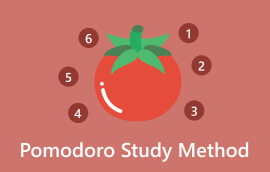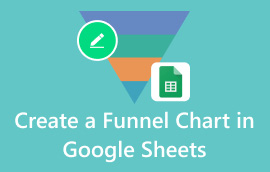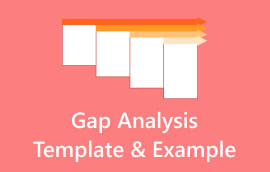Mastering Tableau Funnel Charts: A Step-by-Step Guide
Tableau is a great tool for visualizing and getting the hang of complicated details. It helps people see patterns and make smart decisions by turning data into something simpler to understand. A Tableau funnel chart is a chart that shows how information moves from one step to the next in a process. What makes funnel charts great in Tableau is its user-friendly drag-and-drop design, options for customizing the chart, its ability to work with various data sources, interactivity, and the fact that it updates in real-time as data changes. Using Tableau's funnel chart feature, users can easily analyze data, find issues, and improve their processes.

- Part 1. What is Tableau
- Part 2. Create a Funnel Chart in Tableau
- Part 3. Pros and Cons of Using Tableau to Make Funnel Chart
- Part 4. Best Alternative Way- MindOnMap
- Part 5. FAQs to Create Funnel Chart in Tableau
Part 1. What is Tableau
A funnel chart in Tableau is top-notch in showing data in a cool and easy-to-understand way. It turns raw data into something that's both interesting and looks great. The setup is simple, so you can still get the hang of it even if you're not a data whiz. It makes it great for everyone to dive into the data. You can spot patterns that keep popping up and make smart decisions based on what you find.
Tableau offers a suite of key features, including:
• Make cool visualizations without having to do complicated coding.
• Build interactive dashboards. They let people check out data from different perspectives.
• Link up with lots of data sources. It covers spreadsheets, databases, and online storage.
• Keep your visualizations up to date with the newest data.
• Create different kinds of charts, graphs, and maps. Customize them to fit what you need.
Part 2. Create a Funnel Chart in Tableau
With the simple-to-use Tableau tool, we'll show you how to transform your data into awesome funnel charts. In this section, you'll learn how to create a funnel chart in Tableau that looks cool and makes it easier for you to understand your data. Get ready to jump into the fun of making dynamic, cool funnel charts with Tableau.
Launch the tool, select New, and then click on Workbook. Ensure your data is structured correctly. You should have a dimension representing the stages of your funnel (e.g., Lead, Opportunity, Customer) and a measure representing the quantity at each stage.
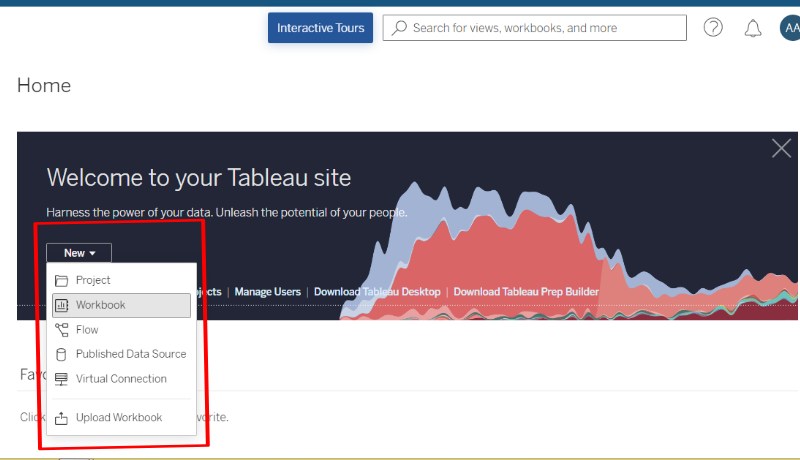
Drag your stage dimension to the Rows shelf. Drag your quantity measure to the Columns shelf. It will create a basic bar chart. Right-click on the view and select Entire View. It will expand the chart to fill the entire worksheet area.
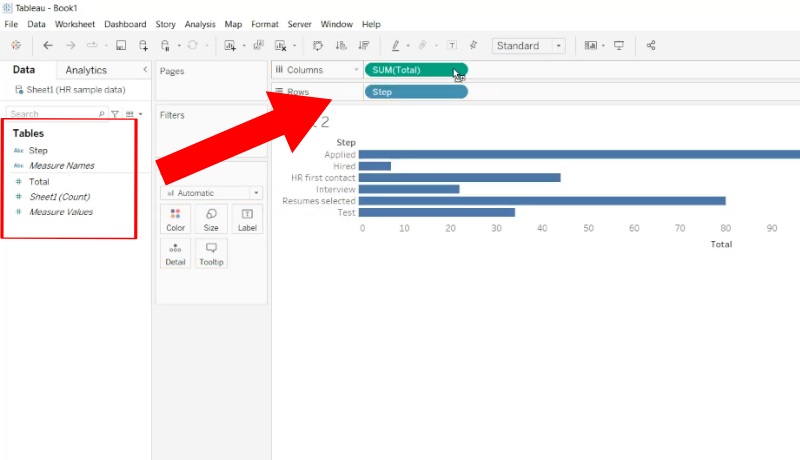
Copy your number by right-clicking on it and selecting Duplicate. Change how you count the copied number to either Count or Sum depending on what you need for your data. Right-click on the number's side and choose Edit Axis. Check the Reverse button.
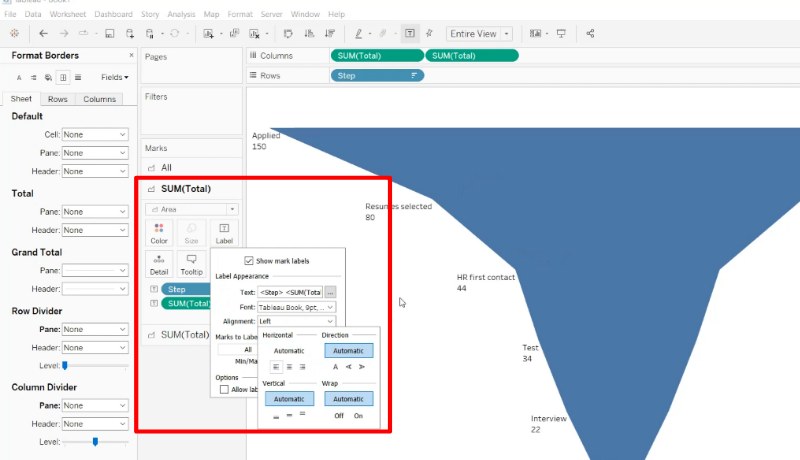
Move both numbers to the Columns' shelf. Tableau will automatically set up a chart with two axes. Play around with the colors, labels, and how things look to make your funnel chart look better. Consider adding tooltips to give more info when you hover over the chart. That's how to make a funnel chart in Tableau. That’s how to create a funnel chart in Tableau.
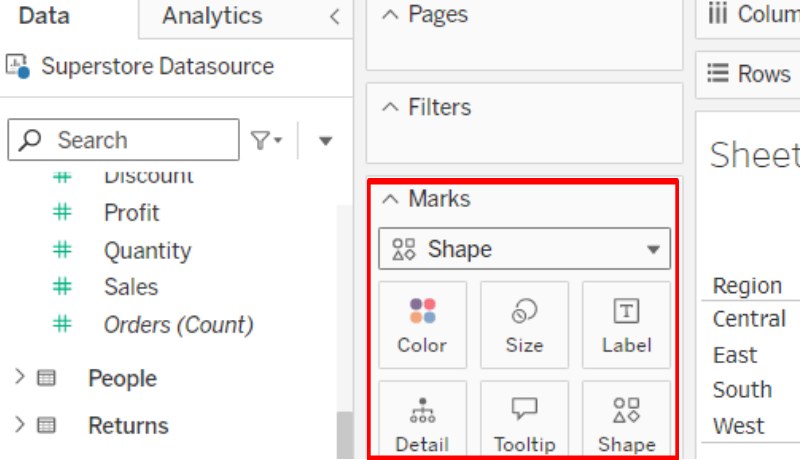
Part 3. Pros and Cons of Using Tableau to Make Funnel Chart
Advantages of Using Tableau for Funnel Charts:
• Easy to Use: It's got a straightforward drag-and-drop setup, so even novices can get the hang of it.
• Versatile: You can tweak it to suit your needs, like changing colors and adding labels.
• Interactive: It lets you dive deep into the data.
• Connects to Lots of Sources: Gives you a wide view.
• Updates Right Away: Charts keep up with the latest info.
• Tells Stories Well: Makes for captivating visual stories.
Disadvantages of Using Tableau for Funnel Charts:
• Hard to Get the Hang of: The more complicated features could take longer learning time.
• Slow with Big Data: Working with a ton of data can make things move slower.
• Costly Licenses: Buying licenses can be pricey, especially for large teams.
• Only One Tool to Use: People rely on Tableau to make and look at stuff.
Tableau is undeniably a powerful tool for creating compelling funnel charts. Its easy-to-use design and many personalization features attract customers. They come from businesses of every size. Nonetheless, how well it works can differ based on how complex the data is and the user's exact requirements. I found Tableau particularly useful for cases involving sales and other significant events. Putting all the info together was crucial for creating a picture that was easy for me to understand. However, I hit some bumps when getting the data to fit together on the tool. Overall, Tableau is an awesome tool for turning data into pictures. But, it's key to weigh its pros and cons against other options to choose the best fit for your needs.
Part 4. Best Alternative Way- MindOnMap
MindOnMap is an awesome online tool for making mind maps and diagrams, which are all about making it easy to show data visually. It's known for how simple its mind-mapping tools are. You can create lots of diagrams, like funnel charts, and it's a great choice for funnel charts because it's straightforward to learn, even if you're just starting. Plus, it lets you make your diagrams, so you can customize your funnel charts however you like. You can even work on funnel charts together in real time, which is great for team projects. Even though it might not have all the fancy features of Tableau for diving deep into data analysis, MindOnMap is a solid choice for basic to mid-level funnel charts because it's easy to use, versatile, and affordable. It's got you covered for your needs.
Open your web browser and look for MindOnMap in the search field. After you've done that, begin a new project to start building your work.
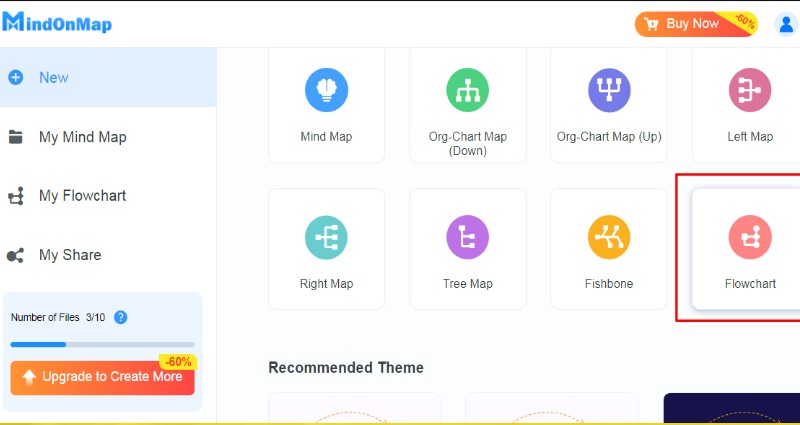
Pick a flowchart theme, choose a rectangle, and tweak it to your liking. It might look like a funnel.
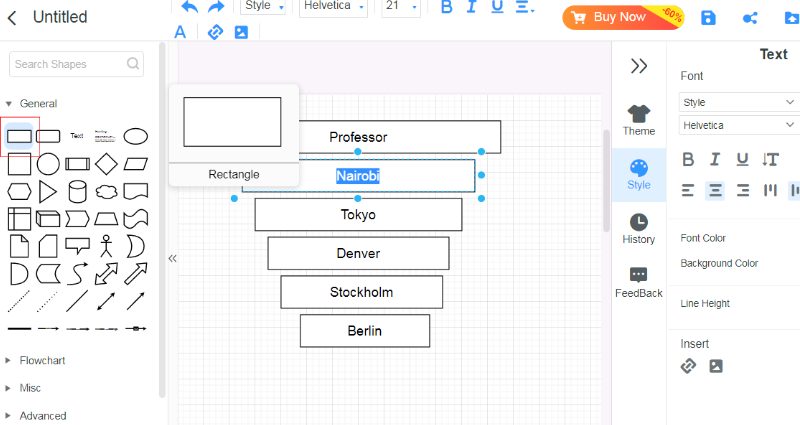
Click the rectangle to begin entering your information. The right-side panel lets you change the text by tweaking its size and appearance.
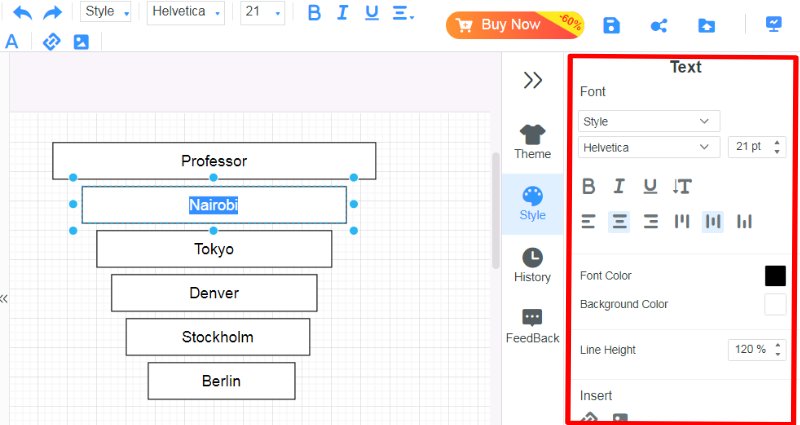
Part 5. FAQs to Create Funnel Chart in Tableau
What is the main use of a funnel chart in Tableau?
A funnel chart in Tableau helps show how data moves through processes with many stages. It's great for looking at sales paths, customer steps, and marketing workflows. It shows how much data there is at each stage, helping to spot problems and see where changes are needed. For example, a funnel chart in sales can point out where customers are leaving the process, helping to improve those areas.
How do I make a complex funnel chart in Tableau?
Include special fields to develop new ways to measure how many people convert or how long it takes on average. Use settings to make it easier to dive into the data. Write notes to explain things better and point out important spots. Try out charts with two lines to see how different things compare. Customize the look to match what you need. Add features that let users go deeper and filter through the data for a smoother experience. You can also use this tool to create a spider diagram.
Funnel chart in tableau with example
A funnel chart usually shows a sales process with steps like Leads, Opportunities, and Customers. If the funnel is skinny, it means it doesn't include as many people, which could mean there's an issue or a part that needs some attention. By looking at these trends, businesses can concentrate on improving those areas.
Conclusion
Funnel chart in Tableau makes it easier to see and get the hang of complicated processes with many steps. Tableau is great because it's easy to use and has many cool features, making it a top pick for creating these charts. People can learn a lot from their data by starting with the basics and moving on to more advanced techniques. However, if you just need simple charts or if you're working with others, MindOnMap might be a better fit. The right tool to use depends on how complex your data is, whether you need to customize it, and what specific needs you have. Understanding the good and bad points of various tools helps folks and groups choose the best one for their needs. Choosing between Tableau and MindOnMap is key to making clear and effective funnel charts, which are important for making smart decisions based on data.








